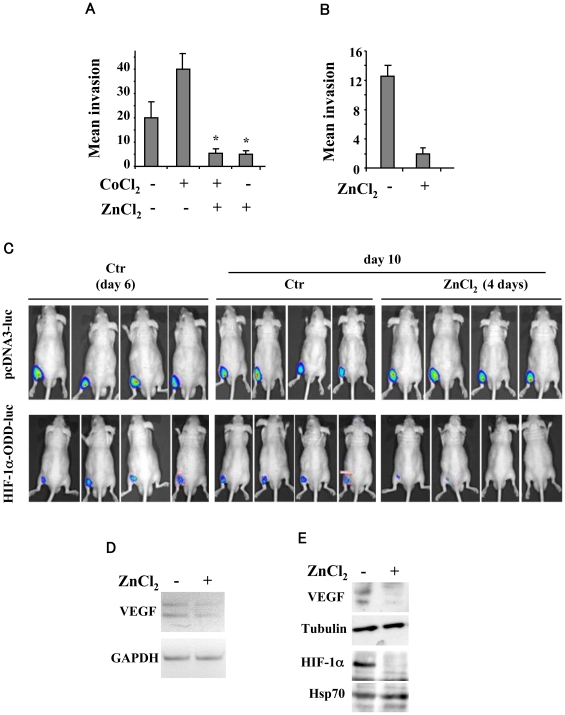Figure 4. Zinc decreases tumor cell invasiveness in vitro and induces HIF-1α downregulation in vivo.
(A) Serum-starved U373MG cells were treated with 100 µM ZnCl2 and 200 µM CoCl2 for, respectively 24 and 16 h and cell invasion was measured using a Boyden's chamber invasion assay. Cell invasion results (mean ±S.D.) for quadruplicates from four independent experiments are shown. *, P<0.0001. (B) Serum-starved C27 cells were treated with 100 µM for 24 h, under basal “hypoxic” condition and cell invasion was measured as in (A). Cell invasion results (mean ±S.D.) for quadruplicates from four independent experiments are shown. *, P<0.0001. (C) Representative tumors derived from human U373MG cells transfected with HIF-1α-ODD-luc and pcDNA3-luc control vectors marked with luciferase were imaged using the IVIS imaging system 200 series at day 6 after tumor cell injection and at day 10 following 4 days of zinc daily administration. Four mice/group are shown. (D) RNA samples from explanted tumors, at day 10 after tumor cell injection and after 4 days of zinc treatment, were used for reverse-transcription (RT)-PCR. The mRNA levels were normalized to GAPDH expression. (E) Tissue samples as in (D) were used for Western immunoblotting of VEGF and HIF-1α levels and anti-tubulin and anti-Hsp70 were used, respectively, as protein loading control. Similar results were obtained with different tissue samples.

